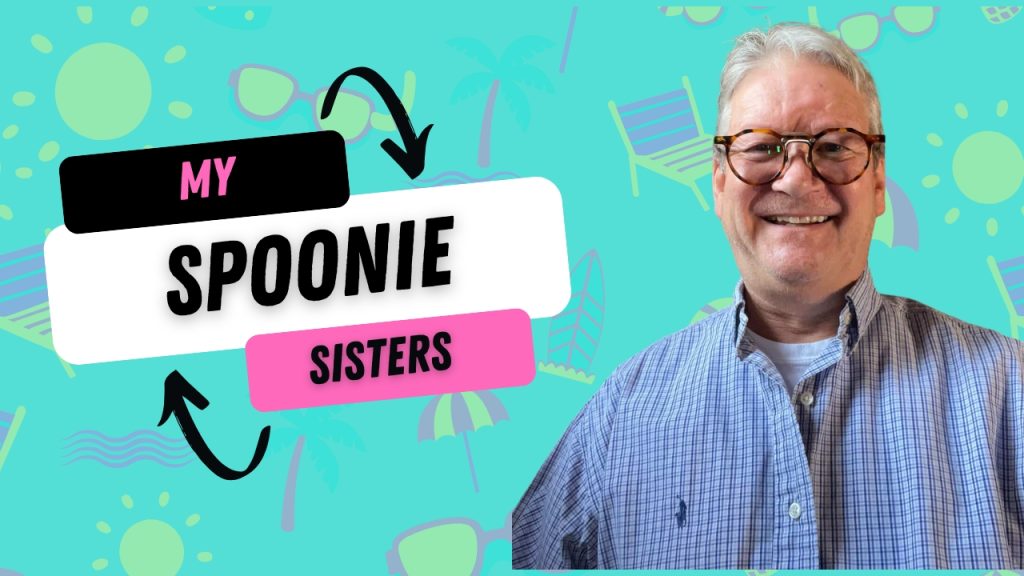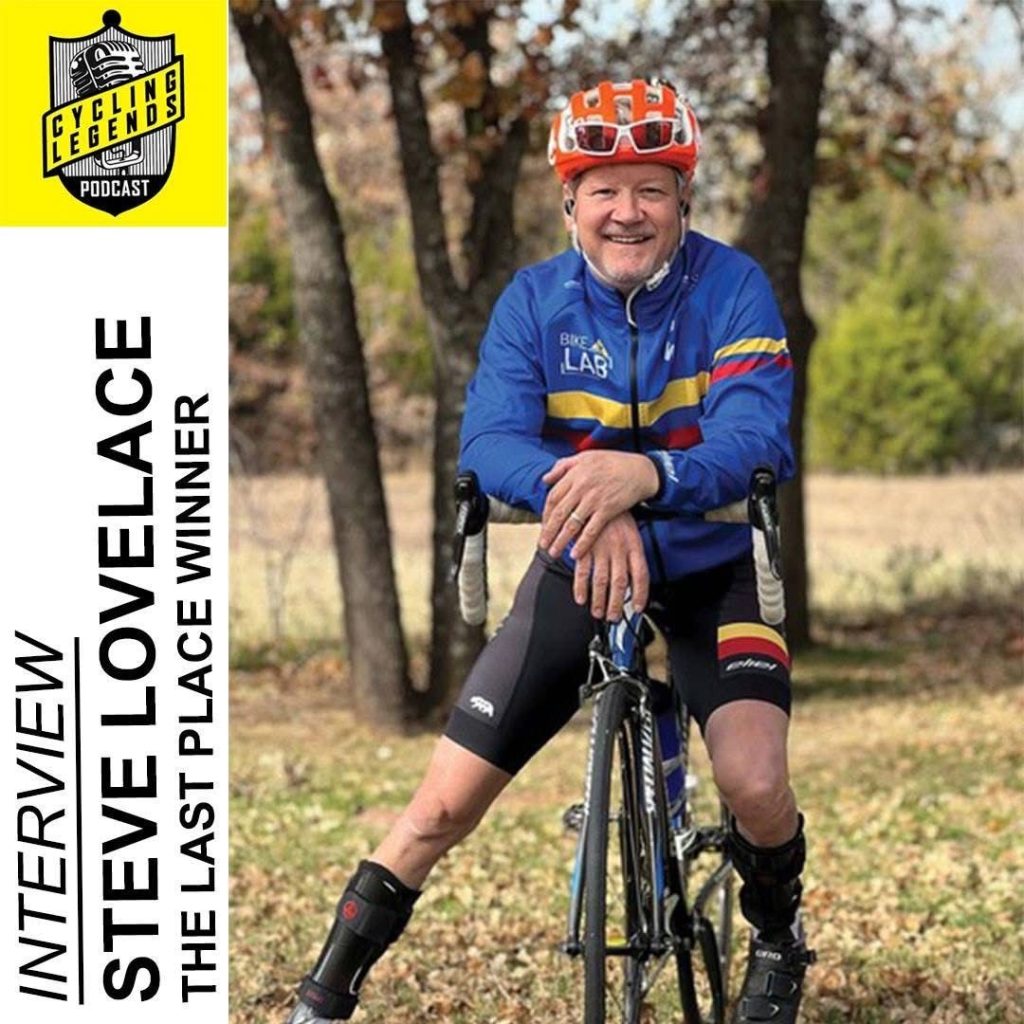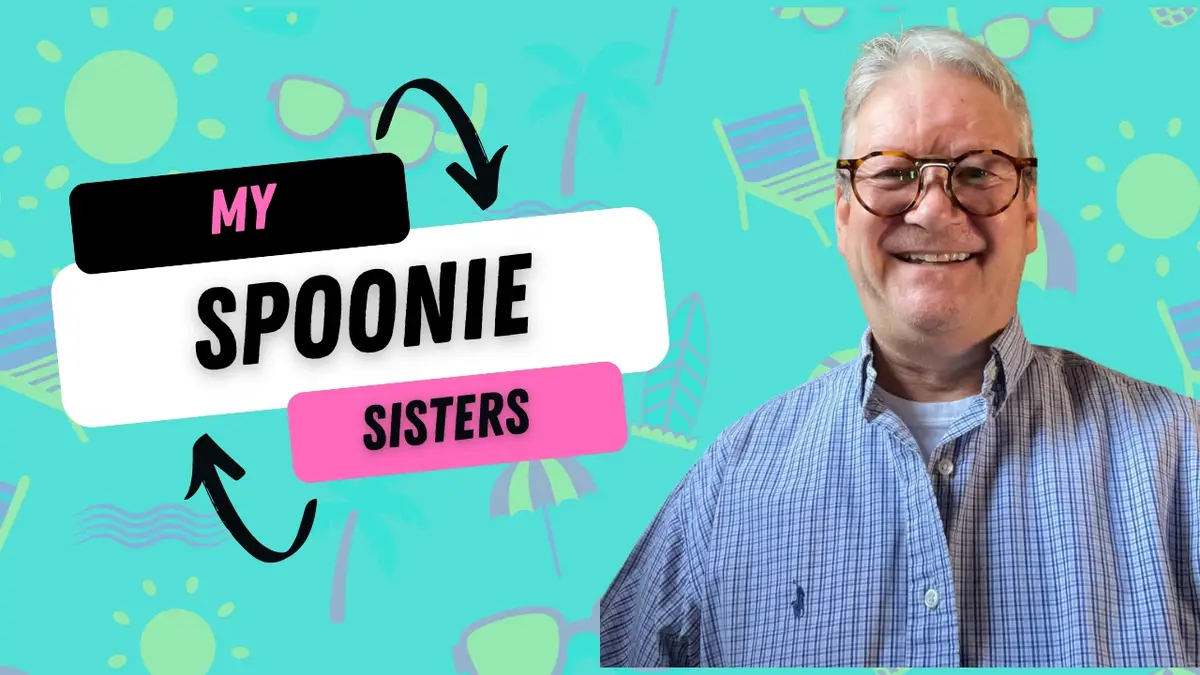
Living with chronic illness often means navigating a series of medical emergencies that seem to arrive in clusters, testing our resilience and determination. Steve Lovelace’s recent experiences highlight this reality in stark detail, beginning with a heart attack that woke him at 3:30 AM with classic symptoms – chest pain, axillary pain, jaw discomfort – that he recognized immediately. Despite knowing better, Steve drove himself to the heart hospital rather than calling an ambulance, a decision he now cautions strongly against. While his reasoning was sound – wanting to go directly to the specialized heart facility that had treated his previous heart attacks – the risk was substantial. Had he experienced a massive coronary while driving, the consequences could have been catastrophic.
The diagnosis revealed a blood clot in one of Steve’s nine coronary stents, requiring angioplasty and a prolonged recovery period. More concerning was his cardiologist’s news that his next cardiac event would necessitate bypass surgery – a major procedure with a lengthy rehabilitation process. This reality has motivated Steve to focus on improving his physical condition to better withstand the inevitable surgery and recovery ahead.
Unfortunately, this heart attack was just the beginning of a cascade of medical emergencies affecting the Lovelace family. Within weeks, Steve’s son suffered a broken wrist in a scooter accident, requiring an emergency room visit and treatment. Shortly thereafter, Steve himself ended up back in the emergency room with a severe laceration requiring nine stitches after losing his balance while attempting to repair a dryer. This series of incidents, coupled with his younger son’s previous ACL and meniscus tears, created what Steve described as “a black cloud” over his household.
Beyond the physical toll of these medical emergencies, Steve faces another significant challenge that millions of Americans contend with: the exorbitant cost of life-saving medications. Following his heart attack, Steve’s doctor prescribed Brilinta, a blood thinner critical for preventing future clots. The sticker shock was immediate – $490 for one prescription. Even when his doctor suggested a generic alternative (Ticagrelor), the price difference was negligible – just $2 less. The manufacturer’s coupon program offered no relief since it applies only to commercial insurance, not Medicare, leaving Steve in the impossible position of choosing between a medication that prevents blood clots and having enough money for basic necessities like food and utilities.
This medication pricing crisis exemplifies a larger systemic problem in healthcare that forces vulnerable patients to make impossible choices. As Steve poignantly stated, “I never thought I would be here, but yet here I am,” highlighting how quickly anyone can find themselves in this precarious position regardless of their planning or preparation.
Despite these immense challenges, Steve maintains his characteristic resilience and humor – qualities he attributes to his Irish and Scottish heritage. He reflects on how laughter has been a healing force throughout his life, recalling how friends made him laugh even while he was hospitalized after a serious accident years ago. This ability to find humor in dire circumstances has been a cornerstone of his approach to living with chronic illness, an approach he shares through his podcast “Arachnoiditis Unfiltered” with co-host Sarah Lewis.
Steve’s story reminds us that while we cannot control many aspects of chronic illness or unexpected medical emergencies, we can control our response. As he wisely notes, “I can only control what I can touch in my three-foot circle.” This perspective, combined with the advice to give problems their due processing time rather than suppressing them, offers valuable wisdom for anyone navigating health challenges.
The conversation between Steve and Jen highlights another crucial aspect of living with chronic conditions – the importance of community. Their shared experiences and mutual support demonstrate how connection can provide both practical advice and emotional sustenance during difficult times. As Jen reminds listeners at the end, “No matter where you are in your chronic illness journey, whether you’re newly diagnosed or years in, this community is here for you and you are seen, you are heard, and you are definitely not doing this alone.”
- https://www.instagram.com/splovelace?igsh=MTA4eHRxbDB0ZmcyZQ==
- Defying Limits: One Man’s Battle with Arachnoiditis
- https://youtu.be/VfUyE12CpaE?si=_Odmk5dt4j_qJyJW

